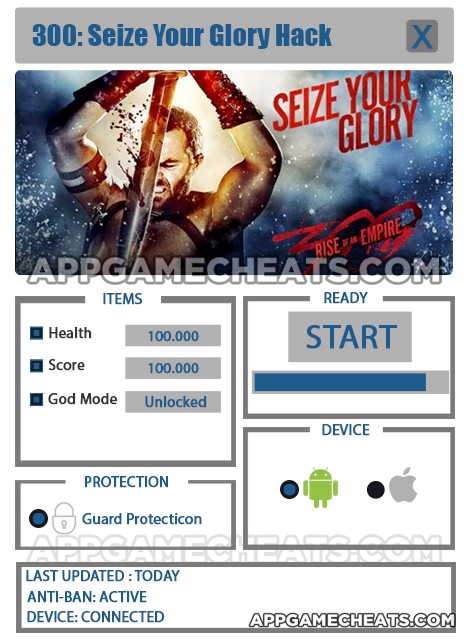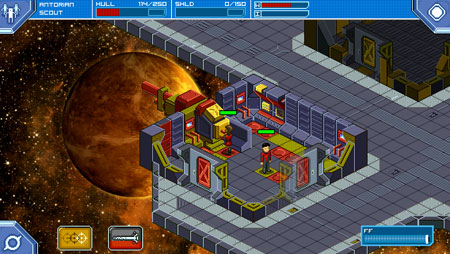An important step towards getting hired for all the game testing jobs you want is to become a really a great video game tester - the star of the team, or at least co-star. Achieving that level of competency involves moving beyond the what - finding bugs - to the how. How, exactly does one uncover flaws in the game? Ultimately, most bugs will fall into two categories - either design and gameplay bugs, or code bugs.
Understanding that you aren't simply testing a video game, but rather, are testing software, will help a great deal in finding and isolating bugs to hand off to the developers to fix. There are universal principles to the discipline of testing software, and when applied to testing video games, understanding these fundamentals will skyrocket your bug count - and your salary. You will then find employers begging to hire you, and will have all the game testing jobs you could possibly want.
Software testing is ALL about finding bugs - the more the merrier, the earlier, the better. "File bugs early and often" is a great philosophy to bring to the table, as the earlier the bugs are filed in the development process, the easier and cheaper it is to fix them. But as with so many things, what is easy in theory is more difficult in practice - it isn't until all the code is hooked together, "integrated", that end-to-end testing of the game and gameplay is possible. So most game testing jobs are advertised in the alpha and beta release cycles - but the closer one starts in the alpha phase, the better.
At this stage in the game (pun intended), it really pays off to perform what is called integration testing. Do all the major elements of the game integrate well together? Or is sound out-of-sync with video? Does player speech sync with mouth movements? Are sound effects in sync with player action? Does the game save to disk, if designed to? Is the game compatible with all supported operating systems? These are just a few of the high-level areas one will want to investigate.
Getting down to the nitty-gritty, one should design a matrix that covers all major elements of the game and integration, then break each of those areas down further. As an example, consider item storage. What are the various means of acquiring items? Buying, finding, looting, and trading are the major ones; don't forget quest rewards. Once acquired, do they stay in storage upon exiting the game and then returning? Can you trade with other players? If you drop it, does it stay dropped? Can you sell items that you found? Made? Traded? Stole? As you can see, the possibilities are truly endless.
Game testing jobs consist of considering these details and possibilities. The strategy to deal with such a huge number of possibilities is to build a test case matrix based on how often a given scenario or test case is likely to happen. One then categorizes the individual test cases and scenarios based on priority: P0, P1, P2, etc. So obviously, buying and selling an item and ensuring it stays in storage are pretty essential functions to the game - these would be P0. Being able to sell a quest item you stole from a looted corpse, less so - say, a P1.
These are just a few examples of applying basic principles of software testing to video game testing. Applying these principles will drastically explode your bug count, making you stand head and shoulders above your typical video game testing peers. Adopt these principles, and learn the fundamentals of software testing, and the number of game testing jobs you can get hired for will simply explode.






 The ultimate Minecraft Pocket Edition recipe guide - Crafting
The ultimate Minecraft Pocket Edition recipe guide - Crafting EmojiGeo Answers All Levels
EmojiGeo Answers All Levels Mystery Lighthouse 2: Walkthrough
Mystery Lighthouse 2: Walkthrough 300 Seize Your Glory Cheats & Hack for Health, Score & God Mode - AppGameCheats.com
300 Seize Your Glory Cheats & Hack for Health, Score & God Mode - AppGameCheats.com How to save the galaxy - Star Command complete guide and walkthrough
How to save the galaxy - Star Command complete guide and walkthrough